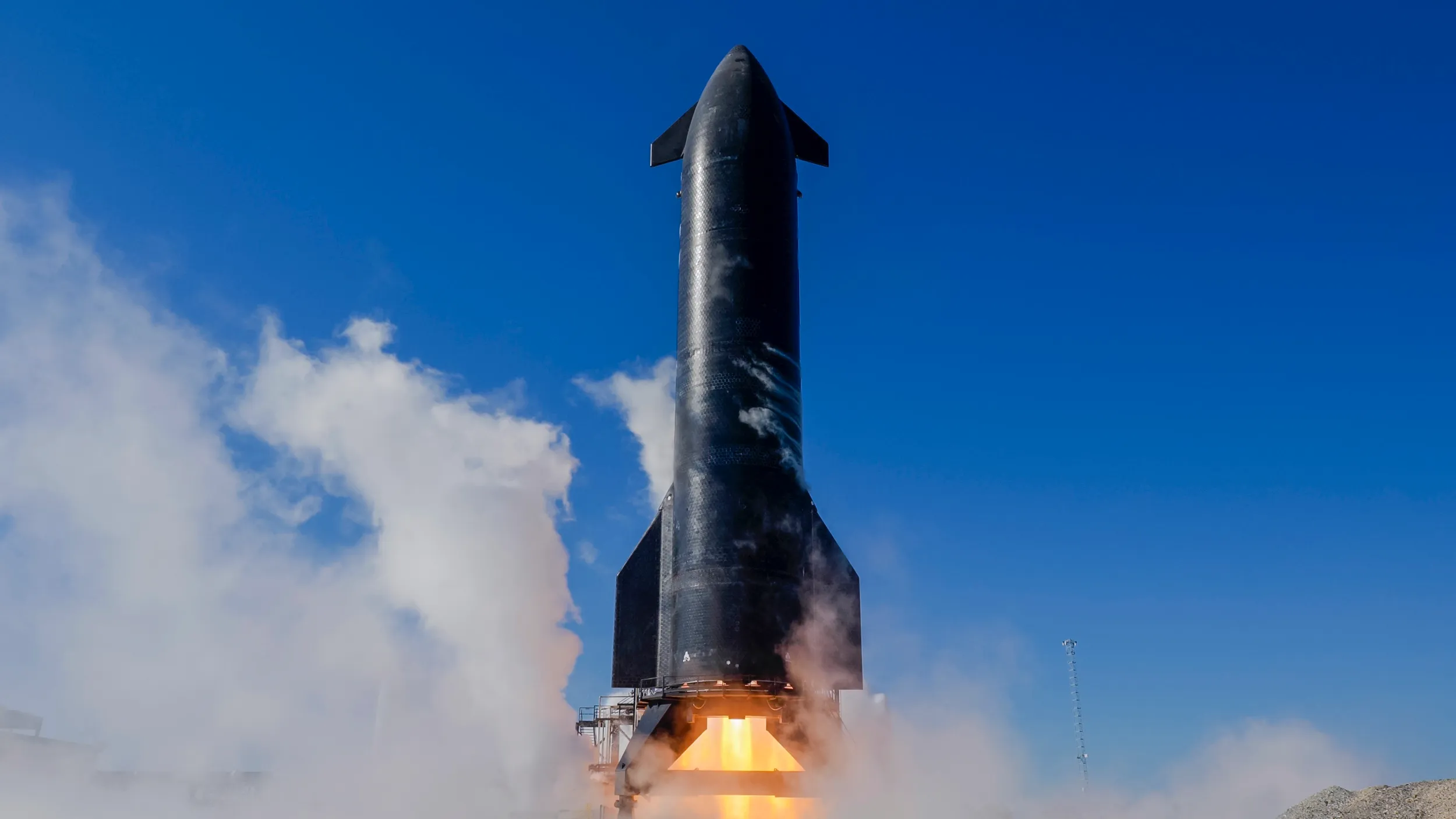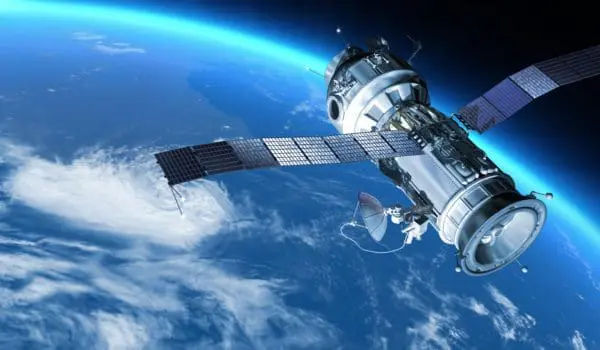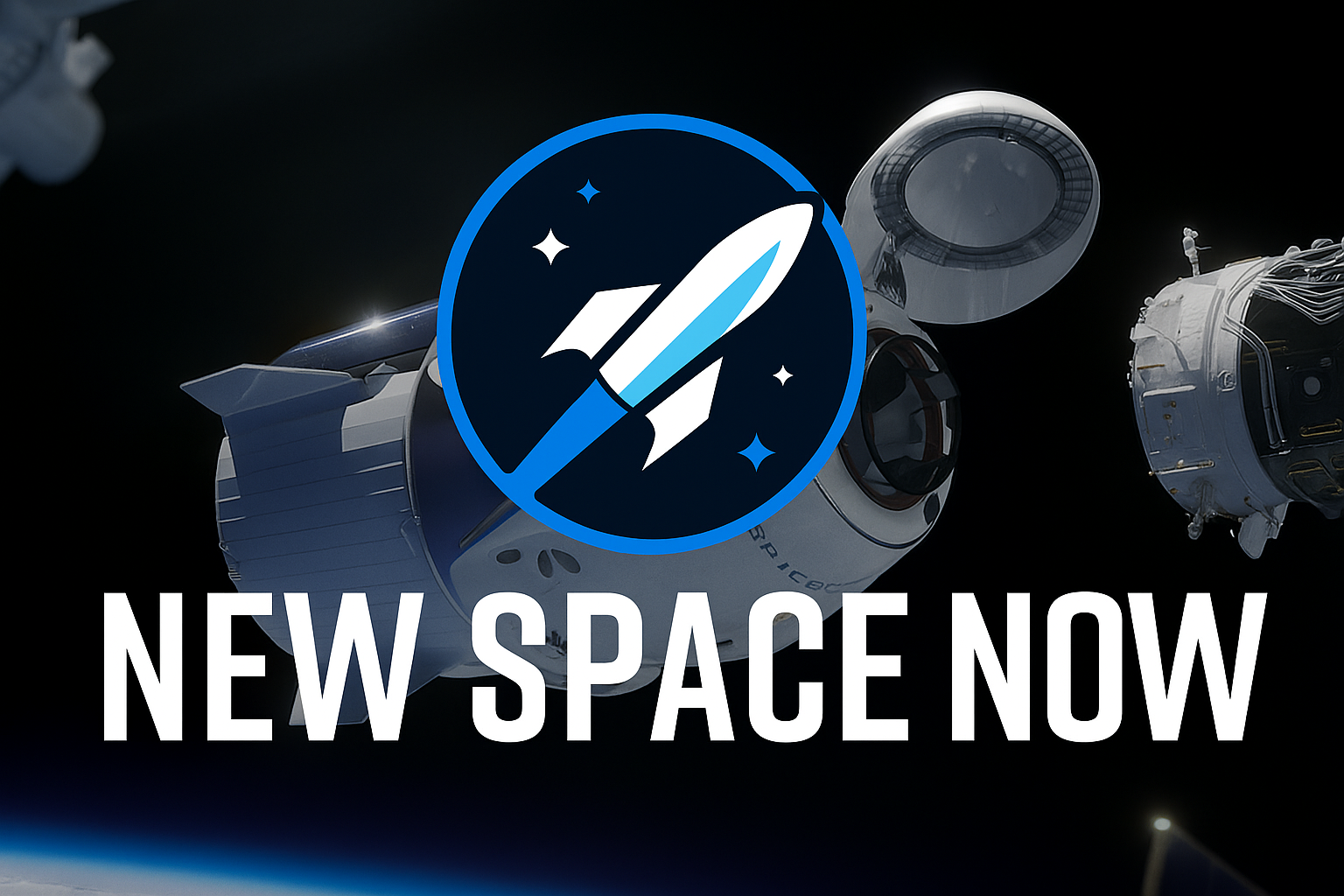
The future of the space economy is quite uncertain in recent years with constant changes in administration at NASA and changes in goals withing the United States Government in relation to space exploration. Although there are many variables that will play into the success of the space economy, here are some important factors that will play out in the coming years.
Commercial Sector Craze
Growth in the commercial sector of space exploration will continue to impact the space economy in future years. For most of the history of space exploration large government agencies have controlled the spending of technology investment. In recent years, companies like SpaceX have invested billions into technology development. For example, SpaceX has been developing their Starship rocket without guaranteed contracts from government agencies. The optimism that technology will pay off in the long-term is what is driving spending and technology development now.
Investment from the commercial sector is only possible due to recent commercial successes like the Falcon 9 rocket. In 2024 Falcon 9 completed 134 successful launches, with the majority of launches being dedicated to Starlink satellites. Revenue from Starlink has enabled SpaceX to develop Falcon 9 and pour even more funds into their Starship development program.

Immense Future Projections
NovaSpace, the leading consulting firm focused on the space sector recently projected the space economy to grow to $966 Billion by 2033. These projections are based on growth in sectors for space tourism, satellite communications, and earth observation. Venture Capital has clearly seen these projections and have been making moves in the space economy. Rocket Lab secured a $120 Million funding round in early 2024 to fund their next generation rocket Neutron. Many venture capital firms are specifically designed now to invest in space companies. Firms like Space Venture, Space VC, and more are looking to space as the next frontier of business.

Noticeable New Markets
The emergence of new markets such as space tourism, in-orbit manufacturing, asteroid mining, and satellite-based services is set to dramatically expand the scope of the space economy beyond traditional government-led missions. Previously mentioned, Starlink has given SpaceX the funds to develop their own technologies without government contracts
Expanded markets diversify revenue streams, attracting private capital and stimulating competition that drives down costs and accelerates innovation. For instance, space tourism creates a consumer-facing industry that broadens public engagement while in-orbit manufacturing and resource extraction promise long-term economic value by enabling sustainable space infrastructure. As these markets mature, they will not only boost the overall valuation of the space economy but also create ripple effects across terrestrial industries, from advanced materials to global communications, reinforcing space as a key growth sector of the 21st century. Although, we will see if the market reaches the $966 Billion mark by 2033 as predicted by NovaSpace.

